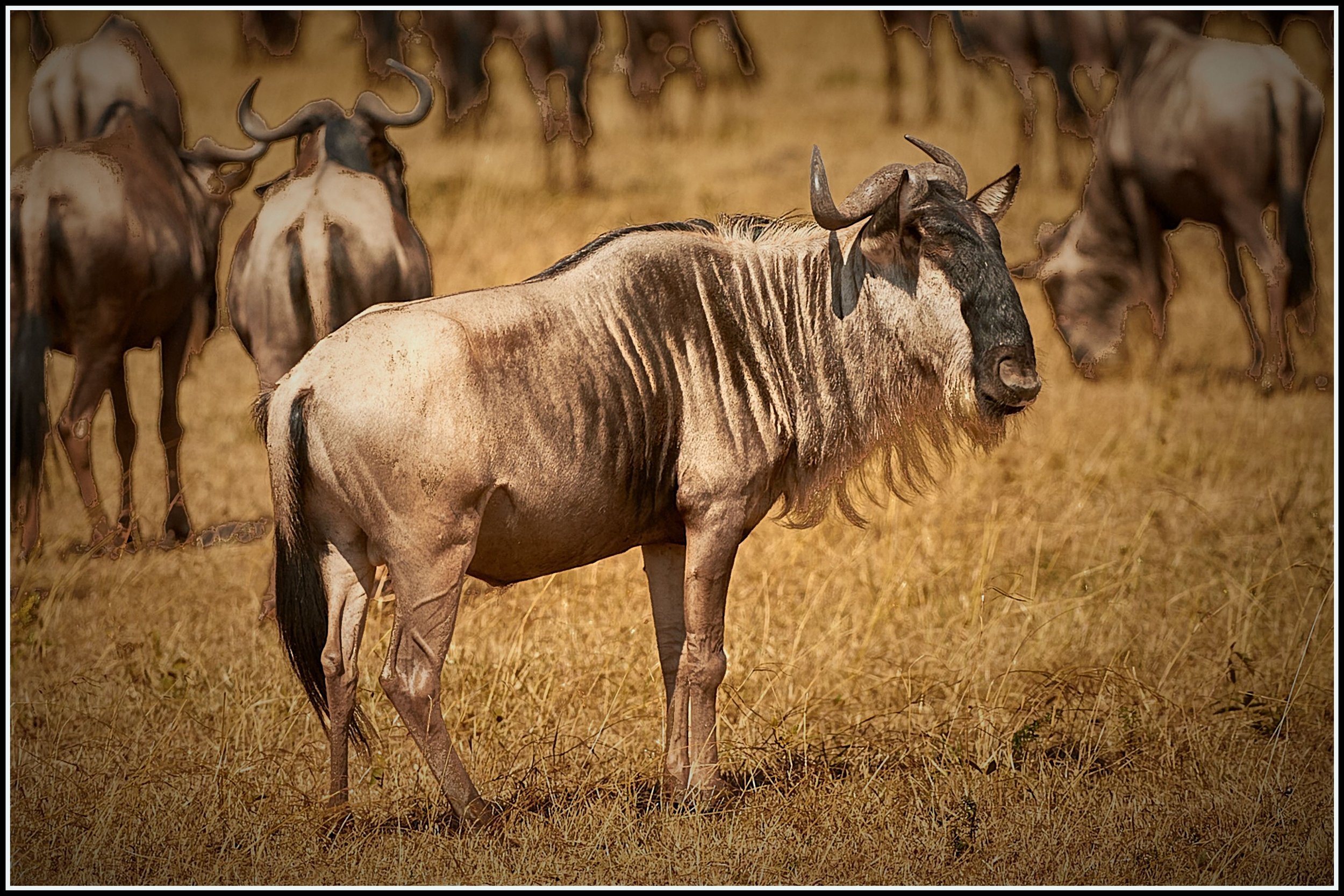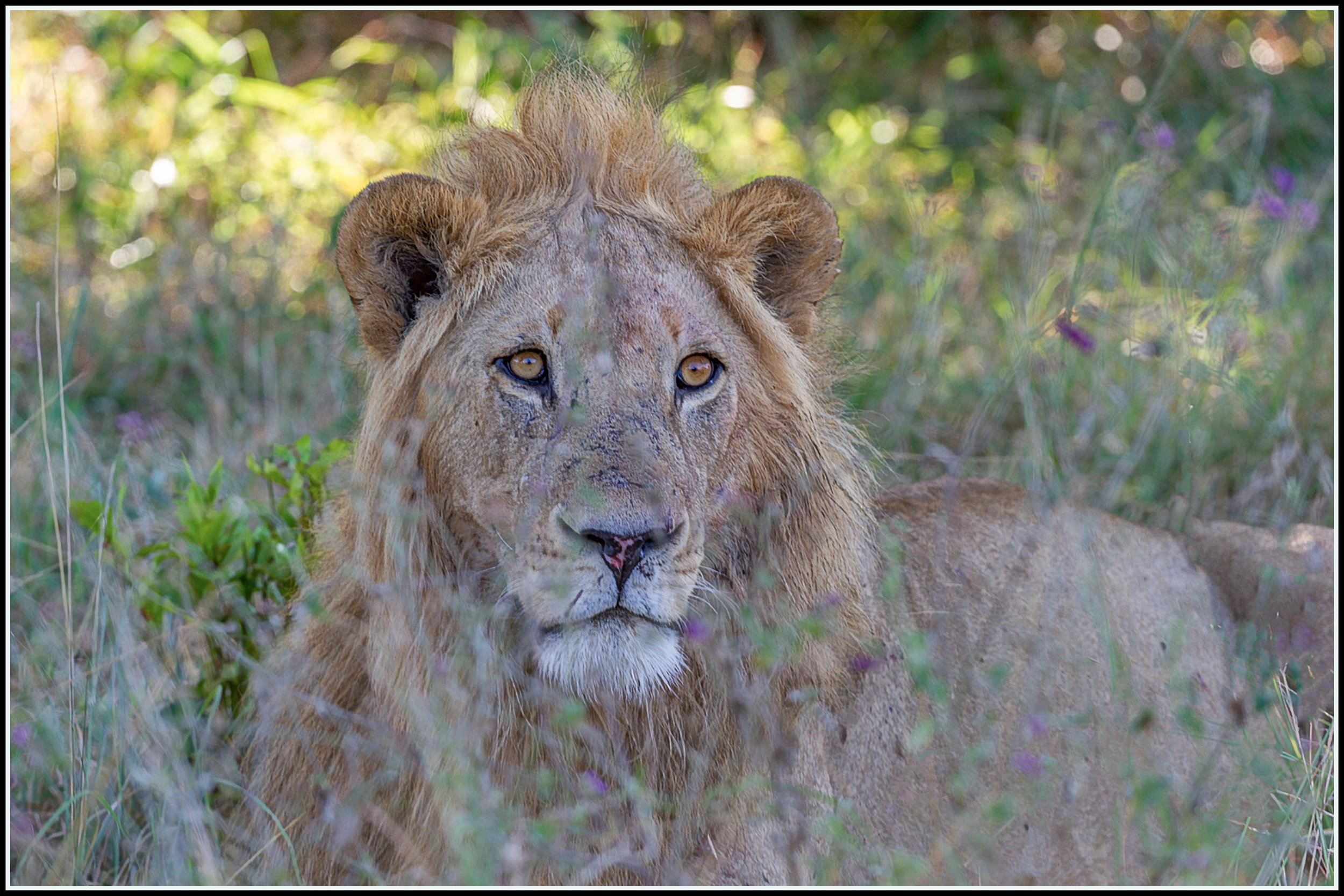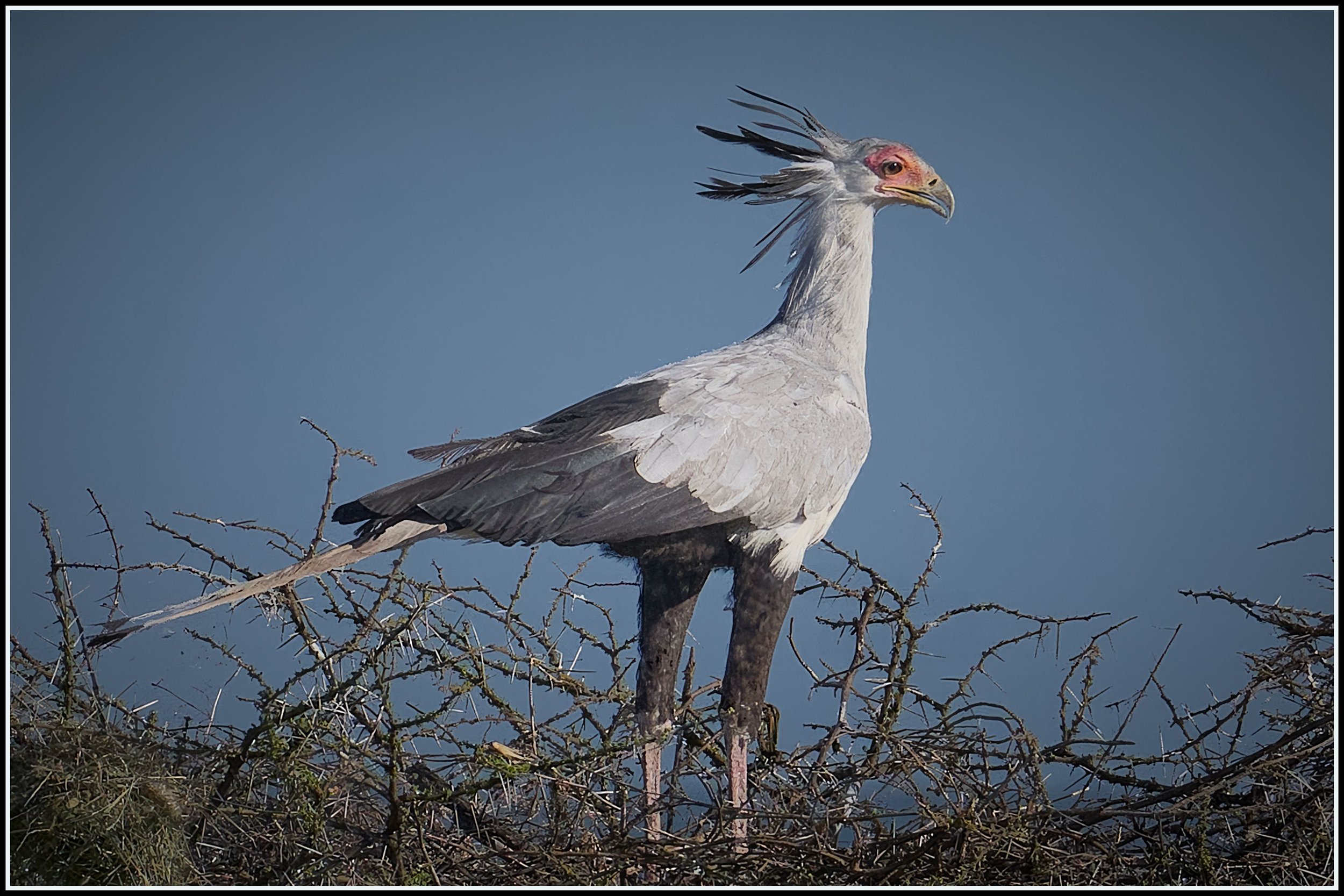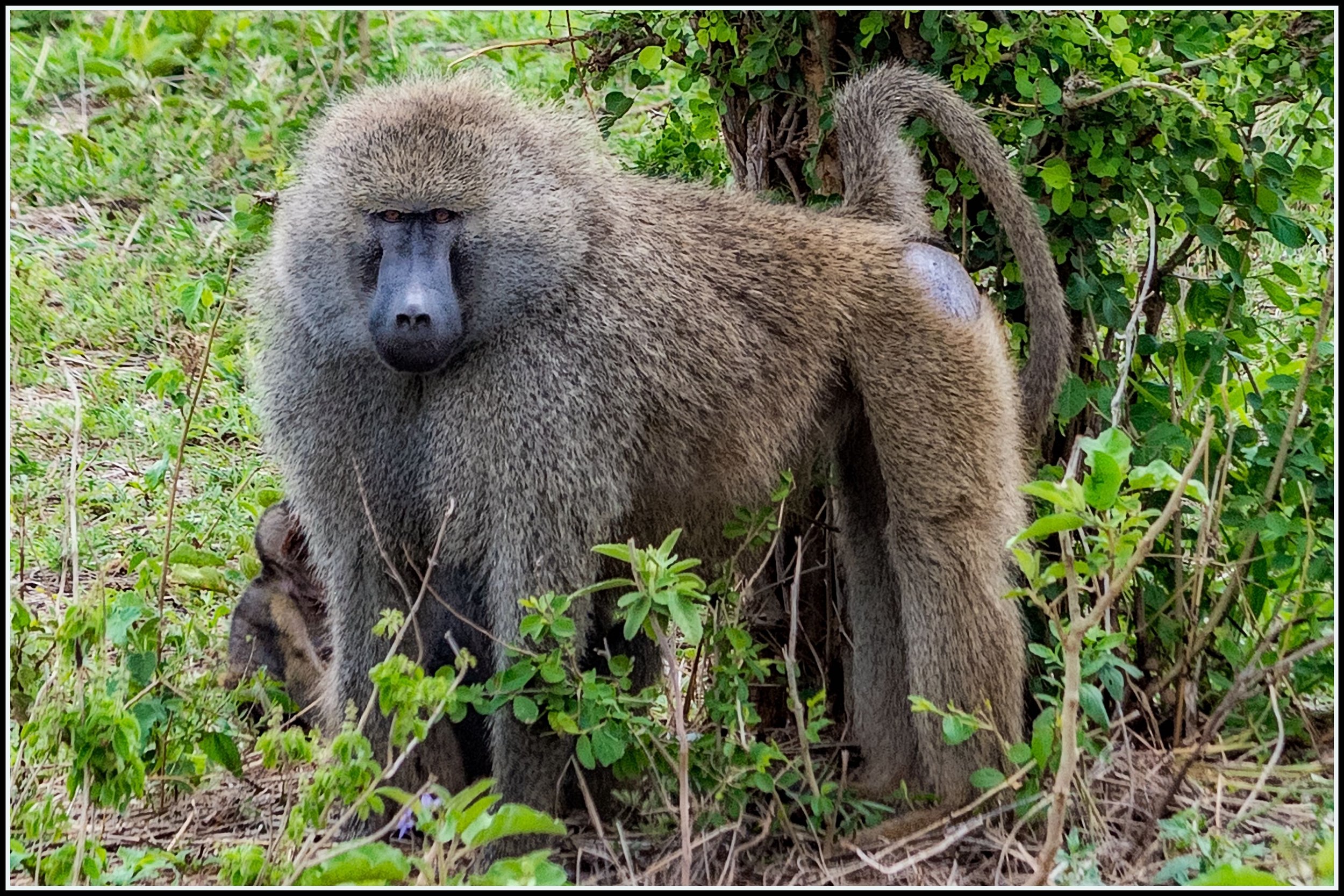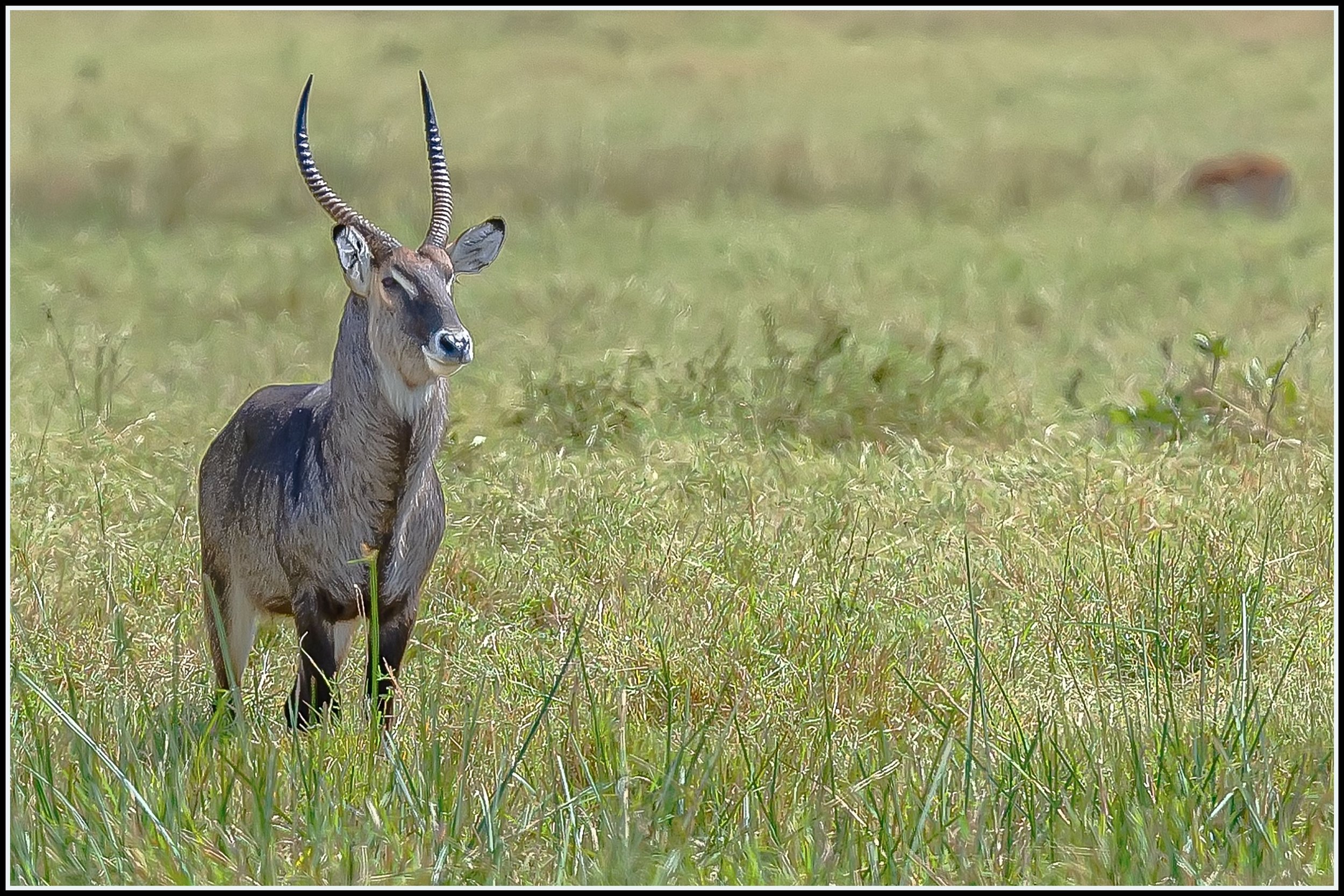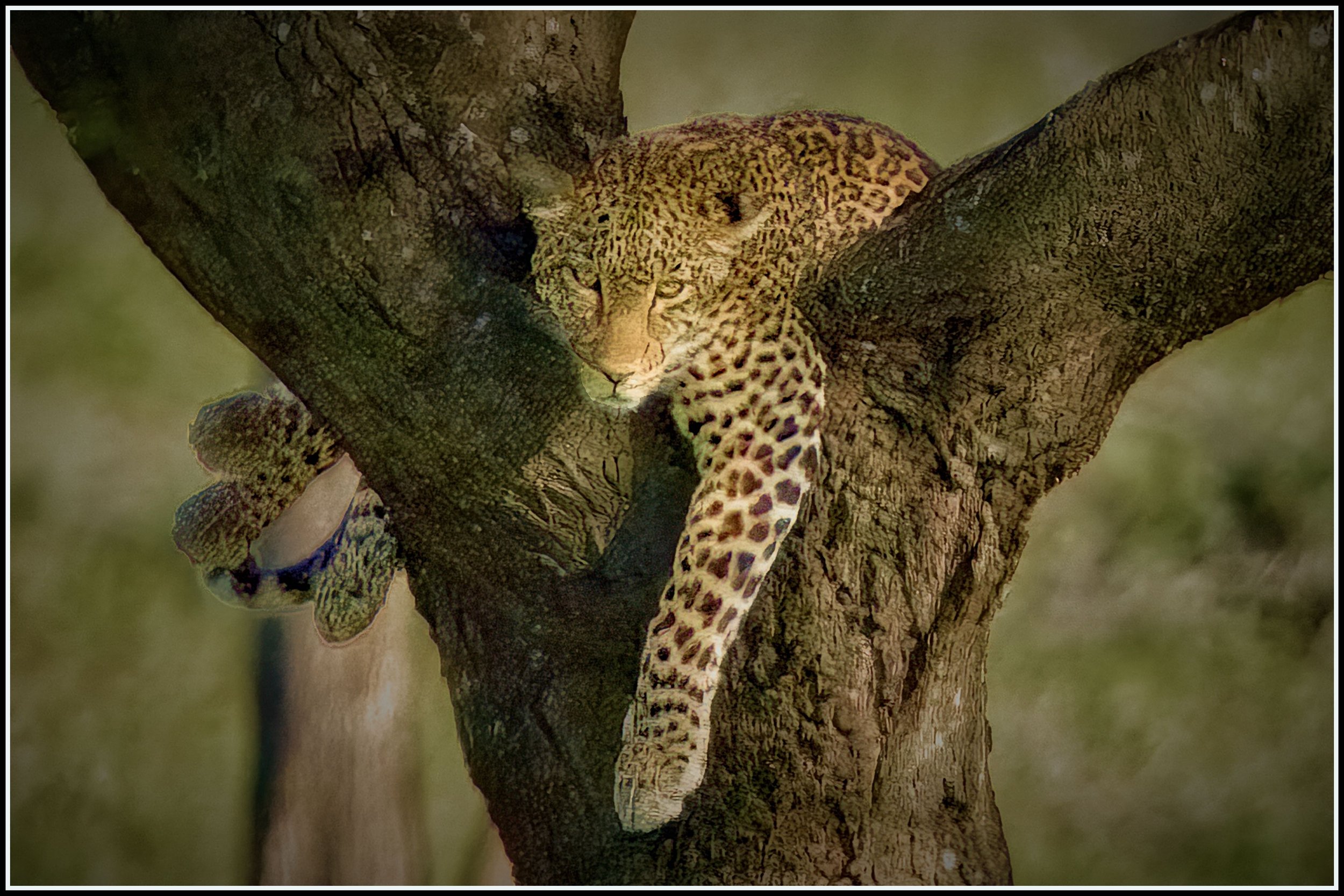About Tanzania
Galleries
Tanzania is an East African country situated just south of the Equator. The nation was formed as a sovereign state in 1964 through the union of the theretofore separate states of Tanganyika and Zanzibar. Mainland Tanganyika covers more than 99 percent of the combined territories’ total area. Mafia Island is administered from the mainland, while Zanzibar and Pemba islands have a separate government administration. Dodoma, since 1974 the designated official capital of Tanzania, is centrally located on the mainland. Dar es Salaam, however, remains the seat of most government administration, as well as being the largest city and port in the country.
Tanzania’s population of 61.5 million (2021) includes more than 120 different indigenous African peoples, The country has two official Languages, Swahili and English. Because of the historically low density of human settlement, mainland Tanzania is home to an exceptionally rich array of wildlife. Large herds of hoofed animals—wildebeests, zebras, giraffes, buffalo, gazelles, elands, dik-diks, and kudu—are found in most of the country’s numerous game parks. Predators include hyenas, wild dogs, and the big cats—lions, leopards, and cheetahs. Crocodiles and hippopotamuses are common on riverbanks and lakeshores.
The government has taken special measures to protect rhinoceroses and elephants, which have fallen victim to poachers. Small bands of chimpanzees inhabit Gombe National Park along Lake Tanganyika. Nearly 1,500 varieties of birds have been reported, and there are numerous species of snakes and lizards. In all, about one-fourth of Tanzania’s land has been set aside to form an extensive network of reserves, conservation areas, and national parks, a number of which—including Serengeti National Park, the Selous Game Reserve, the Ngorongoro Conservation Area, and Kilimanjaro National Park—have been designated UNESCO World Heritage sites


